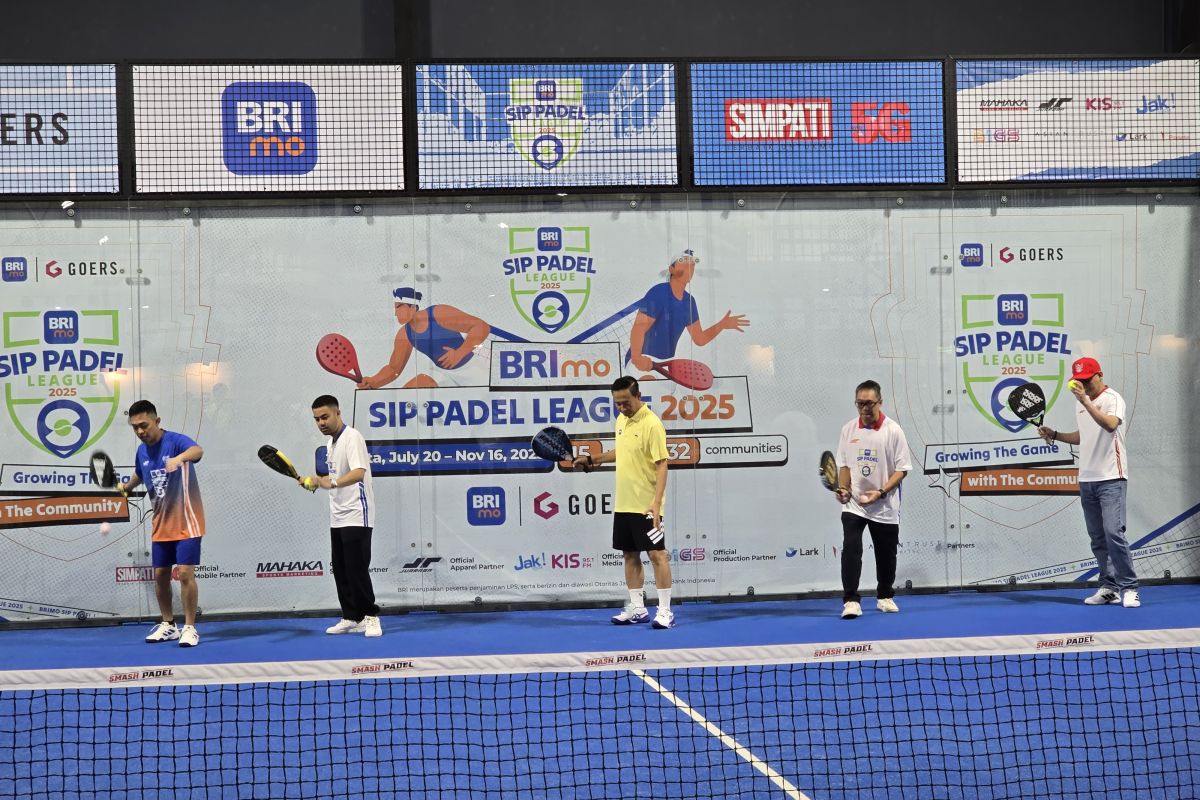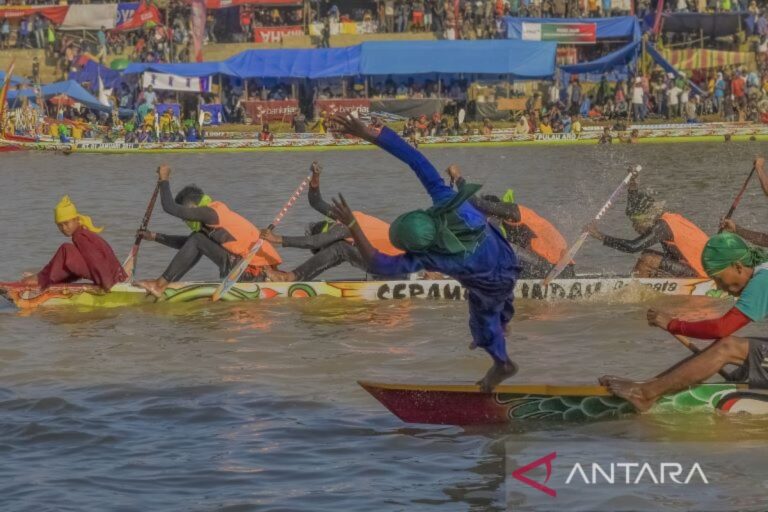
Jakarta (ANTARA) – Padel has recently attracted the attention of racket sports enthusiasts in various parts of the world. Known as tennis’ “more relaxed and social cousin,” the sport offers a fun and easy-to-learn game for various groups.
Padel is starting to attract the attention of the Indonesian people because it is considered an alternative sport that entertains and strengthens social relationships. Its popularity continues to increase with the increase in paddling facilities in numerous major cities.
So what exactly is padel and what makes it different from tennis?
Read also: Getting to know padel: history, how to play, advantages and price of the equipment
What is paddling?
Padel was born in Mexico in the late 1960s thanks to Enrique Corcuera. This sport is played on a much smaller court than tennis, which measures 20 x 10 metres. Interestingly, the paddle court is surrounded by glass and wire walls which are actually part of a game similar to squash.
This game is generally played in doubles (two against two), making the atmosphere more exciting and full of cooperation. Unlike tennis which often requires strong hits, padel focuses more on strategy and quick reflexes by taking advantage of the ball’s bounce off the wall.
How is it different from tennis?
Although both use a racket and a ball, padel has many differences compared to tennis. Here are some:
1. Field and wall
Padel is played on a small court surrounded by walls, while tennis is played on an open court without walls. In padel, a ball that bounces off a wall is still considered “live” and must be played.
2. Racket and ball
Padel rackets are smaller, more compact and without strings. Meanwhile, the ball is similar to a tennis ball but has lower pressure so the rebound is slower.
Read also: This is why golf is not subject to entertainment tax like padel
3. Service and playing style
The padel serve is performed below the waist with the ball bouncing off the floor first, while in tennis an overhead serve is used. Padel games also tend to involve long rallies and require good team coordination.
4. Suitable for beginners
Paddling is relatively easier to learn. Anyone can adapt quickly, no high technical skills like tennis are needed.
The popularity of padel
Now, padel is one of the fastest growing sports in the world. More than 25 million people in 90 countries have played it. In Europe and Latin America many tennis courts have even been transformed into padel courts because they are increasingly in demand.
In Indonesia, this phenomenon is starting to make itself felt with the emergence of numerous paddle courts in large cities. This sport is an attractive choice for those who want to socialize and do light but still challenging exercise.
Therefore, padel is an attractive alternative to tennis, with advantages in terms of sociability, accessibility and dynamism of the game. Even though it is simple, padel is still strategically challenging because the walls influence the rhythm and direction of the ball.
For those of you who want to enjoy racket sports with friends in a more relaxed but competitive format, padel might be the ideal choice. Don’t be surprised if several tennis courts near you start to become padel courts, because this global phenomenon is starting to make itself felt in Indonesia too.
Read also: Tips to avoid injuries during padel and yoga activities
Read also: Menpora Dito supports the Padel League as a means to produce athletes
Reporter: M. Hilal Eka Saputra Harahap
Publisher: Suryanto
Copyright © ANTARA 2025
Automatic retrieval of content, crawling or indexing by artificial intelligence on this website is strictly prohibited without written permission from ANTARA news agency.



